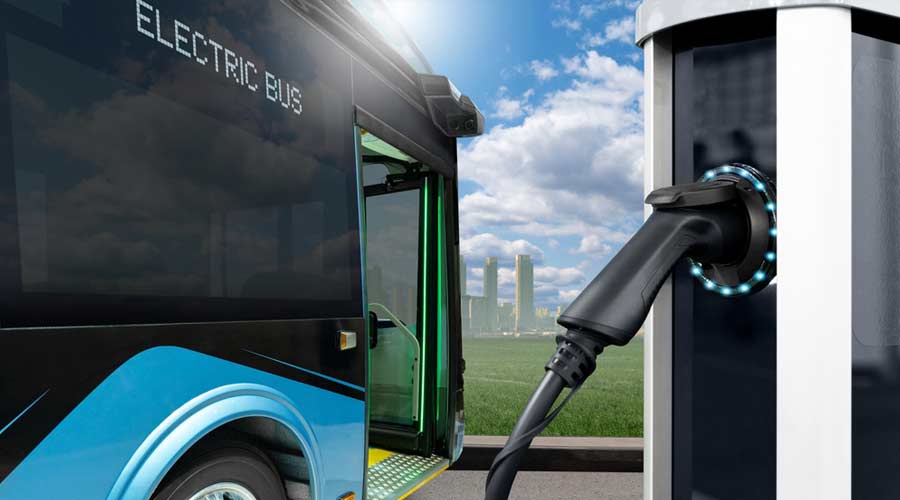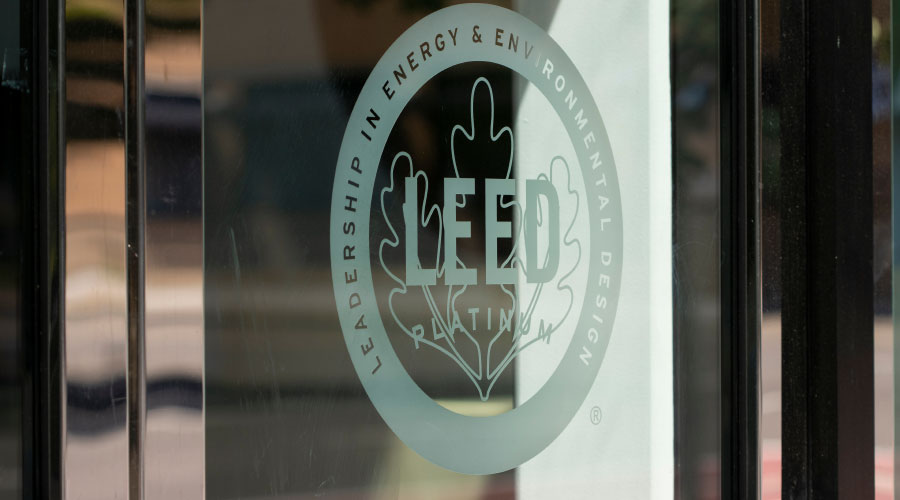Water Efficiency Tips For The Restrooms
Of the three main restroom considerations, facility executives are most mindful of the bottom line. Most manufacturers say 0.5 gallon-per-minute aerators can drastically reduce water use, bringing both environmental and bottom-line benefits. The same is true for many other restroom plumbing options.
But by how much? As one might expect, that depends upon the organization, restroom traffic and other considerations. The answer begins with knowing how much water is being used in the first place.
“Sub-metering restrooms provides owners with the most accurate data of their water conservation effectiveness,” says Sean Martin, vice president of sales and marketing for Zurn. “Including water consumption in a commissioning program ensures all fixtures are performing at their optimum levels.”
Manufacturers also offer advice on estimating savings.
“It requires hours worth of labor per case of paper towels,” says Dennis Gagnon, president of Excel Dryers. “Hand dryers save all that labor cost.”
Wientjes says that cost savings from a completely automated, touch-free restroom are driven by reduction in water usage, reduced energy usage and the controlled dosing of soap and cleaning chemicals.
When weighing product choices, it is worthwhile to ask manufacturers if they have their own estimates of life-cycle costs and potential savings. Facility executives may not be able to use these numbers to convince top management to fund an upgrade. Indeed, some numbers may conflict with others. But by assembling savings estimates from a range of manufacturers, facility executives can see the various categories of costs and savings — such as purchase price, installation costs, water and other material use, labor costs and maintenance requirements — that are available from different product options.
Sensor Technology
Occupancy sensors are nothing new. They exist in boardrooms and restrooms alike. They can conserve energy and can also be used to bolster hygiene by reducing contact with germ-carrying surfaces. Sensors are also — as many facility executives know — often the first choice for improving both energy and water efficiency.
Some facility executives might assume that sensor-operated fittings are too delicate for public restrooms. Early options might have been, but today’s offerings are substantially improved. Many of these fittings are specifically engineered for high-use environments.
Susan Kennedy, director of marketing for Sloan Valve Company, says that electronic faucets are available with features such as locking spray heads, below-deck electronics and armored cabling, for strength and vandal resistance. In-wall sensors offer another way to reduce the potential of
vandalism.
Sensor-operated fixtures aren’t the only restroom products that have undergone significant changes in technology. Hand dryers were invented in 1948, and the technology didn’t change much for decades, says Gagnon. “Historically, facility executives have been averse to it because of long dry times.”
Today, new hand dryer options include models designed expressly to reduce hand-drying times.
Related Topics:














